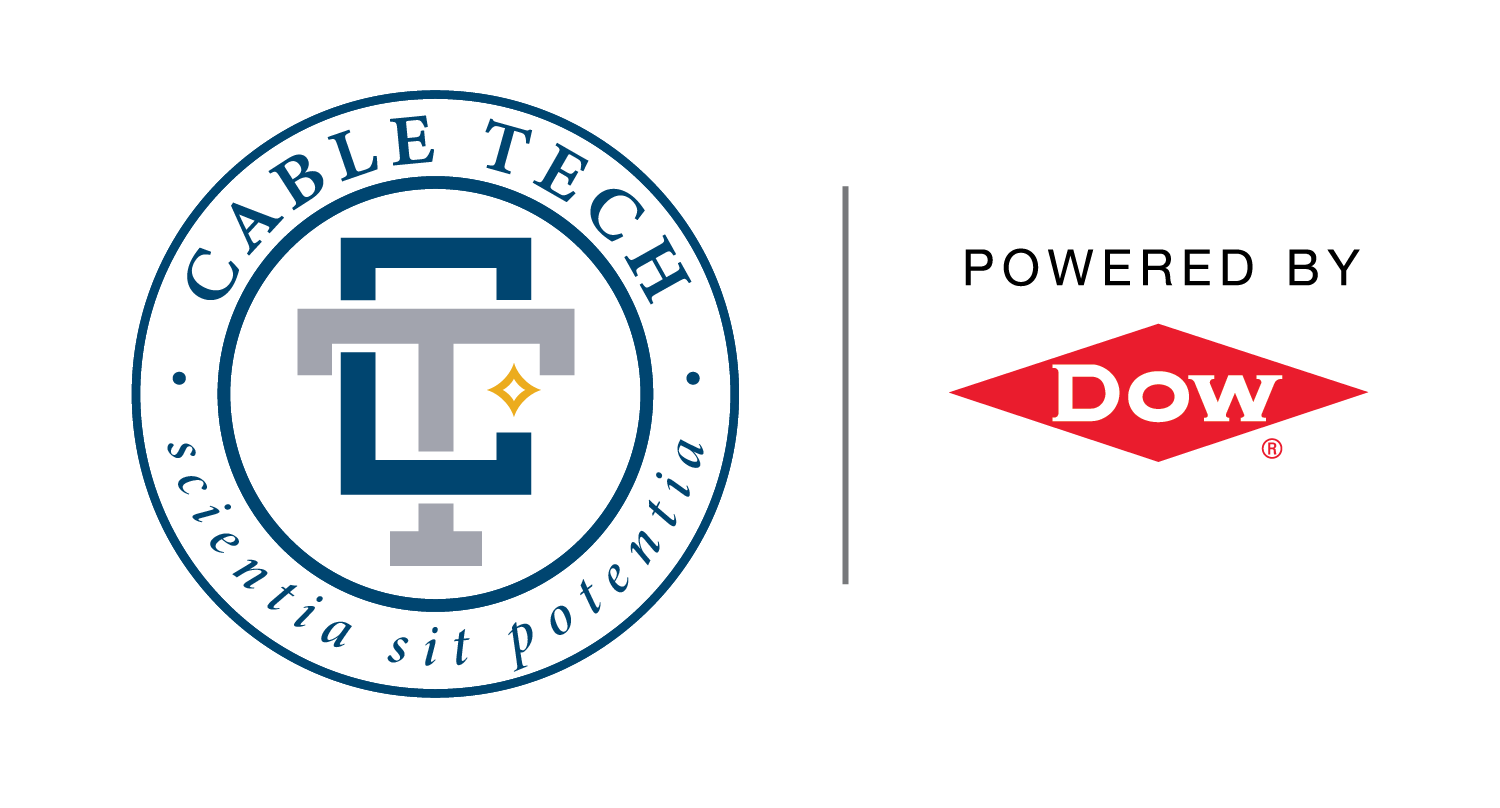 Course Curriculum
Course Curriculum
101- Cable Overview –Prerequisite
Instructor: Ram Ramachandran (retired Dow)
- History of cables
- Cable Basics and fundamentals
- Electrical and Mechanical properties of cables
- Components of a UG cable system and available materials
- Material development process-How materials have changed and their respective performance improvements
- Design criteria/user specifications
- Cable Standards Development
- Cable and Materials Qualification/Approval Testing
102-LV Cables
Instructor: Randy Szilagyi (semi-retired Nexans)
- Historical review of LV materials and how they have changed over the years
- LV Conductors
- LV insulation and jackets
- Methods for making LV cables
- Cable Constructions and Applications
- Cable Specifications and Listings
- Self-healing cables
- Flame retardance and burn performance-Fire Safety
- FR basics… mechanisms of FR
103-MV Cables
Instructor: Joe McAuliffe (retired Southwire)
- History of MV cable development and fundamentals
- Material development process-How materials have changed and their respective performance improvements
- Medium Voltage Cable Design Theory
- MV cable components and their function
- Jacket material options-Pros and cons
- MV Cable Standards and Production Testing
- Compound Manufacturing and why quality materials matter
- Mechanical properties of MV cables
104-MV Cable Manufacture
Instructor: John T. Smith III (retired General Cable)
- Cable Manufacturing Process flow
- Equipment used to manufacture cable
- Material handling in the factory
- Tutorial on extrusion processing
- Tutorial on cross linking chemistry
- How changes in manufacturing have impacted cable quality and performance.
- How material changes have impacted cable manufacturing
- Cable Testing in the factory
- Cable qualification-ICEA/AEIC criteria and testing
105- MV Cable Accessories
Instructor: Bill Taylor (retired 3M)
A. History of Accessories
B. Terminations
- Function of termination and different layers
- Electrical stress control
- Different types of terminations and descriptions of each
- Materials and changes/improvements over the years
- Important considerations
- Application considerations
- Reference IEEE-48 and the guide 1637.
C. Joints
- Function of joint and different layers
- Electrical stress control
- Different types of terminations and descriptions of each
- Materials and changes/improvements over the years
- Important considerations
- Application considerations
- Reference IEEE-404 and note that a guide is coming
D. Modular Components
- Function of modular components and different layers
- Electrical stress control
- Different types of terminations and descriptions of each
- Materials and changes/improvements over the years
- Important considerations
- Application considerations
- Reference IEEE-386 and guide 1615
107-HV/EHV Cables
Instructor: Rachel Mosier (Power Delivery Consultants)
- North American and International Standards
- HVAC
- HVDC
- Manufacturing-Vertical towers
- Key specifications and cable qualification-Type and Prequalification Tests
- Grounding and bonding-link boxes and over voltage protection
- Monitoring-DTS
- Oil and gas insulated cables and their replacement
- GIS/GIL